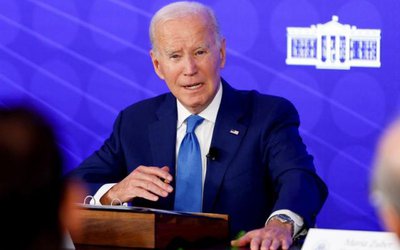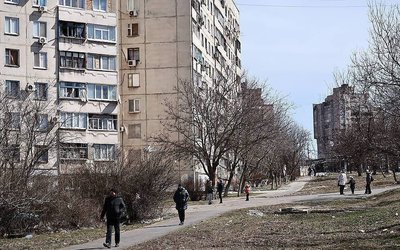Despite commitments to end child marriage, this reprehensible act remains a tangible reality across countries. A complex nexus of tradition and patriarchy often compounded by economic adversity perpetuates the malpractice of child marriage. The consequences are as serious, as they are wide ranging. An outright abuse of human rights, in the year 2010 alone, South Asia witnessed nearly half (46 per cent) of young women aged 20-24 married by their 18th birthday. Marking the first International Day of the Girl Child on 11 October 2012, Ban Ki-moon, Secretary General of the United Nations, clearly asserted, “Let girls be girls, not brides.” After all, no society can afford the cost of lost childhood.
According to a press release, in order to reinforce ongoing efforts to counter this social malady, the South Asian Initiative to End Violence Against Children (SAIEVAC), an apex body of the South Asian Association for Regional Cooperation (SAARC), in collaboration with the United Nations Population Fund (UNFPA) and the United Nations Children’s Fund (UNICEF) hosted a two day regional consultation ‘Solidarity for the children of SAARC- Regional Meeting to Review Commitments and actions for the Girl Child and to Develop Regional Action Plan to End Child Marriage'. The meeting was co hosted by Ministry of Women, Children and Social Affairs, Government of Nepal. This meeting aimed to map past commitments in order to agree and arrive at a more coordinated, solution-driven action plan to tackle child marriage.
The inaugural session was chaired by Dr. Rinchen Chopel, Director General, SAIEVAC, His Excellency Wasil Noor Muhmand, Deputy Minister of Labour, Social Affairs, Martyrs and Disabled of Afghanistan and Chairperson Governing Board of SAIEVAC, Nobuko Horibe, Regional Director, UNFPA Asia Pacific Regional Office,. Karin Hulshof, Regional Director, UNICEF Regional Office South Asia and Upendra Prasad Adhikari, Joint Secretary, Ministry of Women, Children and Social Affairs, Government of Nepal, Governing Board Member SAIEVAC.
The Chief Guest for the occasion, Ahmed Saleem, Secretary General SAARC, affirmed that the “vulnerability in the South Asian region calls for a redoubled response.” The UNFPA Regional Director reminded the participants that they form the critical “link between every girl child in this region and the policies that shape their lives.” The UNICEF Regional Director affirmed that in order to change the reality of child marriage, “We not only work for girls and boys, but also with them as resources, as agents of change, while creating a conducive environment in which they can reach their full potential.”
Ramon San Pascual, Executive Director, Asian Forum of Parliamentarians on Population and Development (AFPPD) introduced the regional advocacy kit and policy briefs on child marriage that was subsequently presented on this occasion.
Delegates from SAARC Member State Governments and Civil Society Organizations cited the challenges in thwarting the practice of child marriage in their respective countries. The meeting reviewed the relevant initiatives and identified key priorities, to develop a regional action plan on ending child marriage. The multi-pronged framework to coordinate, standardize and monitor efforts identified six non-negotiables as per the joint Statement made by UNFPA, Unicef and UN Women on 11 October 2011.
The meeting urged to enforce legislation to increase the minimum age of marriage for girls to 18; improve equal access to quality primary and secondary education; mobilise girls, boys, parents and leaders to change discriminatory gender norms and create alternative social, economic and civil opportunities for girls; support girls who are already married by providing them with options for schooling, sexual and reproductive health information and services, including HIV prevention, livelihood skills and recourse from violence in the homes; address the root causes of child marriage, including violence against girls and women and to galvanize political commitment and dedicate resources for girls to realize their rights and fulfil their potential.
“The discussions and deliberations over the two days demonstrated the national, regional and international commitments, both in spirit and in action, to bring an end to the practice of child marriage. While the challenge at hand is complex both in scope and depth, the intention to translate plans into action was evident,” said the press release.
- TANAHU HYDROPOWER PROEJCT: A Significant Achievement
- Apr 15, 2024
- AMBASSADOR HANAN GODAR: Sharing Pain With A Nepali Family
- Mar 30, 2024
- VISIT OF KfW AND EIB TO NEPAL : Mission Matters
- Mar 25, 2024
- NEPAL BRITAIN SOCIETY: Pratima Pande's Leadership
- Mar 24, 2024
- NEPAL ARMY DAY: Time To Recall Glory
- Mar 15, 2024















